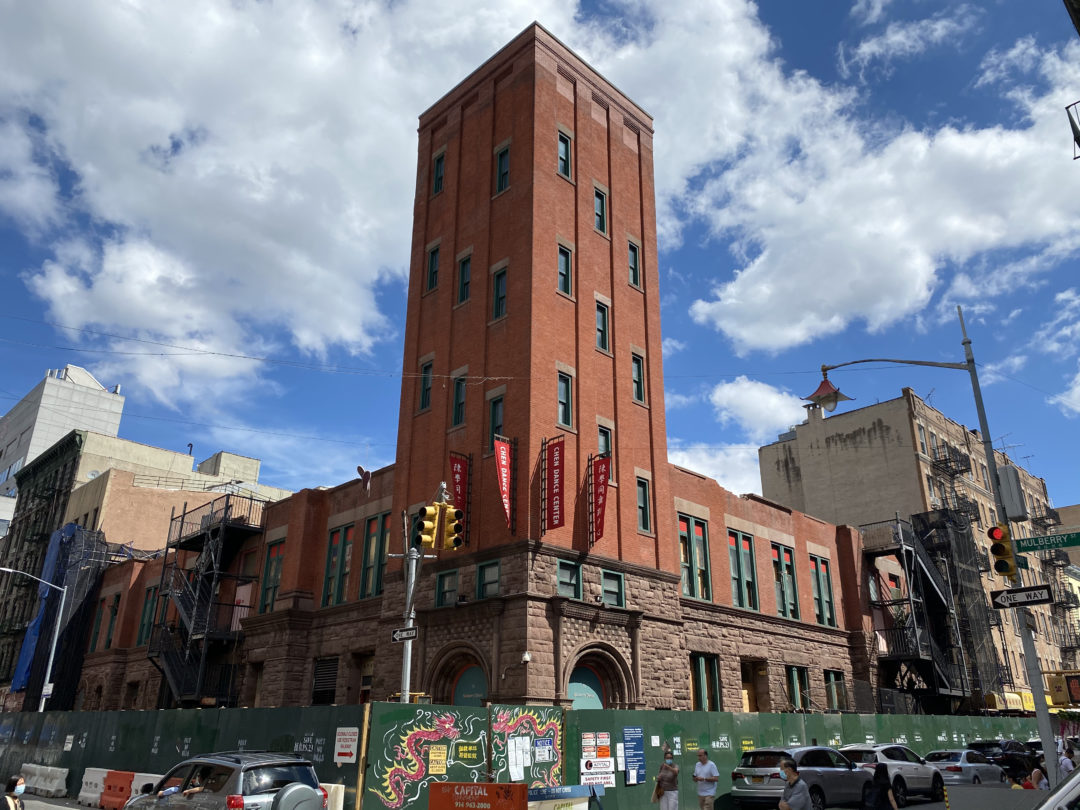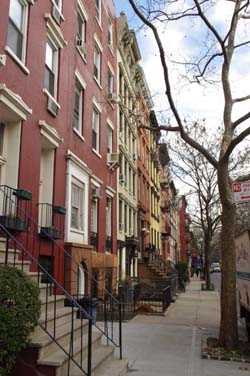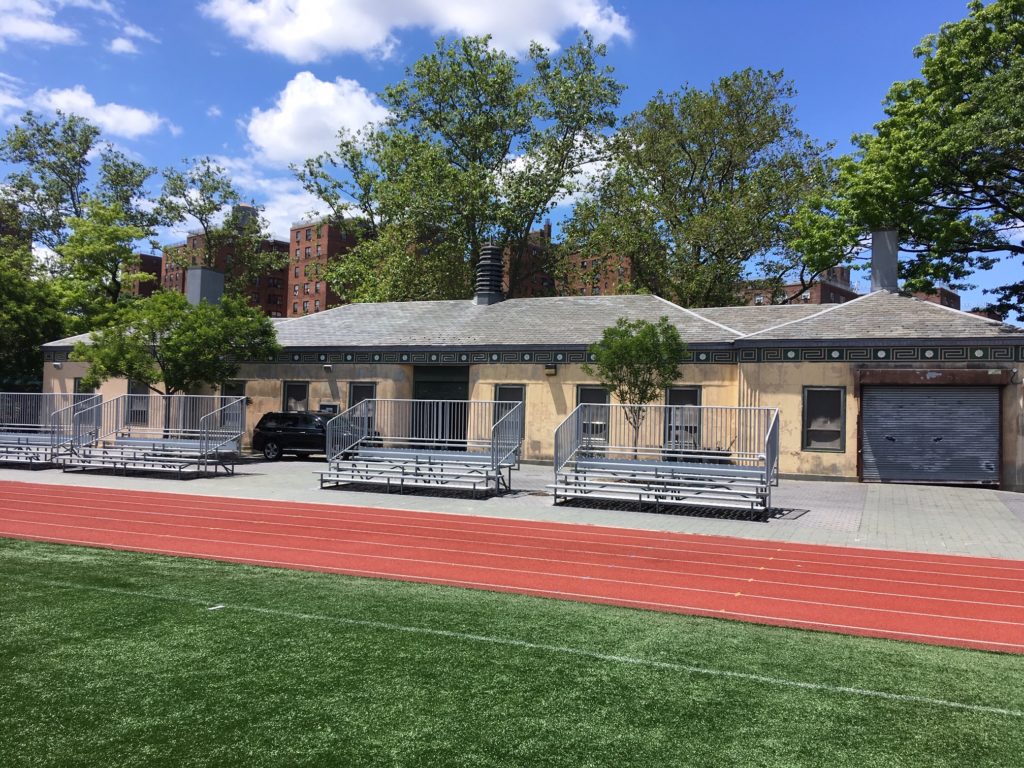
What will Happen to the East River Park’s Historic Buildings?
This is a critical time for the Lower East Side’s East River Park. The city is now planning to raise the height of the park approximately 9 feet above its current level, so that it will serve as a buffer against floodwaters from the East River. Several times in past years the river has flooded large areas of the East Village and Lower East Side, and is expected to do so more severely and frequently in the future. This plan, which is now under consideration, is known as the Manhattan East Side Coastal Resiliency Plan.
First opened in 1937, the East River Park has three historic structures which date from its early years: the Marine Engine Co. 66 Fireboat House, currently home of the Lower East Side Ecology Center, and two Art Deco style Comfort Stations. All three of these buildings would be seriously impacted or destroyed by the Resiliency Plan.
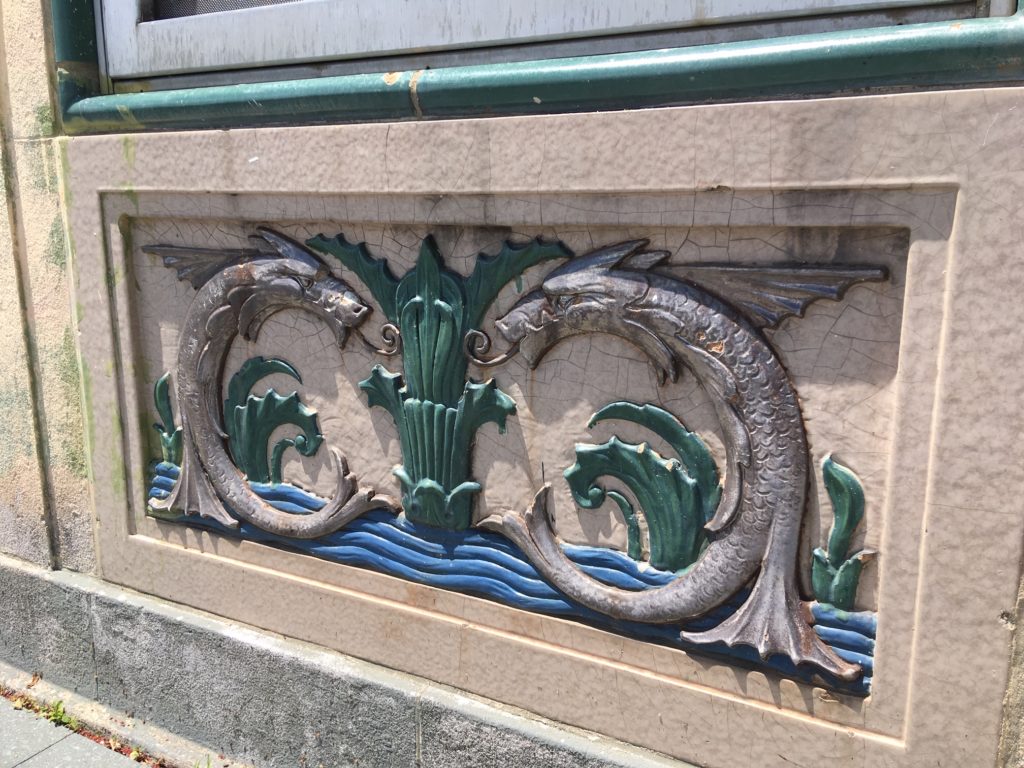
As part of the Plan’s public review process, the NYC Office of Management and Budget invited LESPI to provide a Section 106 Review to identify the park’s historic structures and recommend mitigation. In response, LESPI Board members Carolyn Ratcliffe, Helena Andreyko, and Laura Sewell prepared a letter outlining LESPI’s comments and recommendations, which are summarized below:
Engine Co. 66 Fireboat House: the NY State Historic Preservation Office (SHPO) has determined this building to be eligible for the State and National Register; however this architectural resource is not identified in the Draft Environmental Impact Statement as warranting protection. LESPI agrees with the SHPO that the building has architectural and historic value that warrants preservation.
We also believe that, because the Fireboat House has historically had a strong tie to the waterfront, it should be preserved in place. This scheme presents challenges, however, primarily that any plan to raise the height of the park will have a significant effect on the public’s ability to view and appreciate this building; and that the building could potentially be damaged when flood waters surge and back-flow between the building and the park’s new 9 foot wall behind it. We believe that these challenges can be met, however, and recommend that the new wall be placed an adequate distance back from the Fireboat House to allow it to be adequately viewed and protected from surge.
Art Deco Comfort Stations: LESPI believes that these two buildings, located at the Brian Watkins Tennis Center (Broome Street) and the East River Park Track (near East 6th Street), should be identified as architectural and historic resources in the Environmental Impact Statement. Because of the rarity of Art Deco buildings on the Lower East Side, LESPI recommends their preservation and reuse or repurposing. Decorated with charming terra cotta river motif details and metal ornamentation, these comfort stations evoke the early phases of East River Park’s history, and demonstrate the high level of craftsmanship employed in creating even the most utilitarian WPA era structures. LESPI believes it is well worth the effort to preserve these reminders of an important era of Lower East Side history.
LESPI will keep you posted as public review of this plan continues.
Eastern Dispensary Building Deserves Landmark Protection
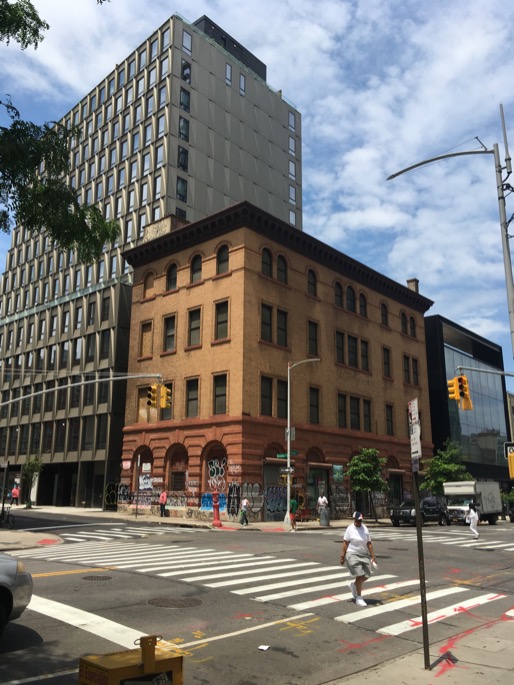
In July, Lower East Side Preservation Initiative joined together with the Friends of the Lower East Side (FOTLES) to submit a Request for Evaluation (RFE) to the Landmarks Preservation Commission, proposing Individual Landmark designation for the Eastern Dispensary at 75 Essex Street. FOTLES had originally submitted the RFE in 2013, amidst concerns about the upcoming Essex Crossing project, but the RFE was turned down. Now its preservation is increasingly urgent as that construction is a reality and the Eastern Dispensary is surrounded and dwarfed by contemporary architecture.
This stately 1890 building is a vivid reminder of the immigrant community of the late 19th and early 20th centuries, in an area that is now witnessing both rapid and drastic change. Dispensaries, originating in the U.S. in the late 18th century, became fundamental to health care services in the period of mass immigration. The Eastern Dispensary was designed by the architectural firm of Rose and Stone in the style of a Renaissance palazzo and represents the simplicity yet grandeur of such a structure. Its physical presence evokes a sense of solidity, permanence and dignity, which must have been reassuring to the population it served with medical treatment. The building remains a beacon of the historic past, and hopefully will be preserved through landmark status.
LESPI’s and LESJC’s “The Power of Place: The Lower East Side Past and Present” Walking Tour
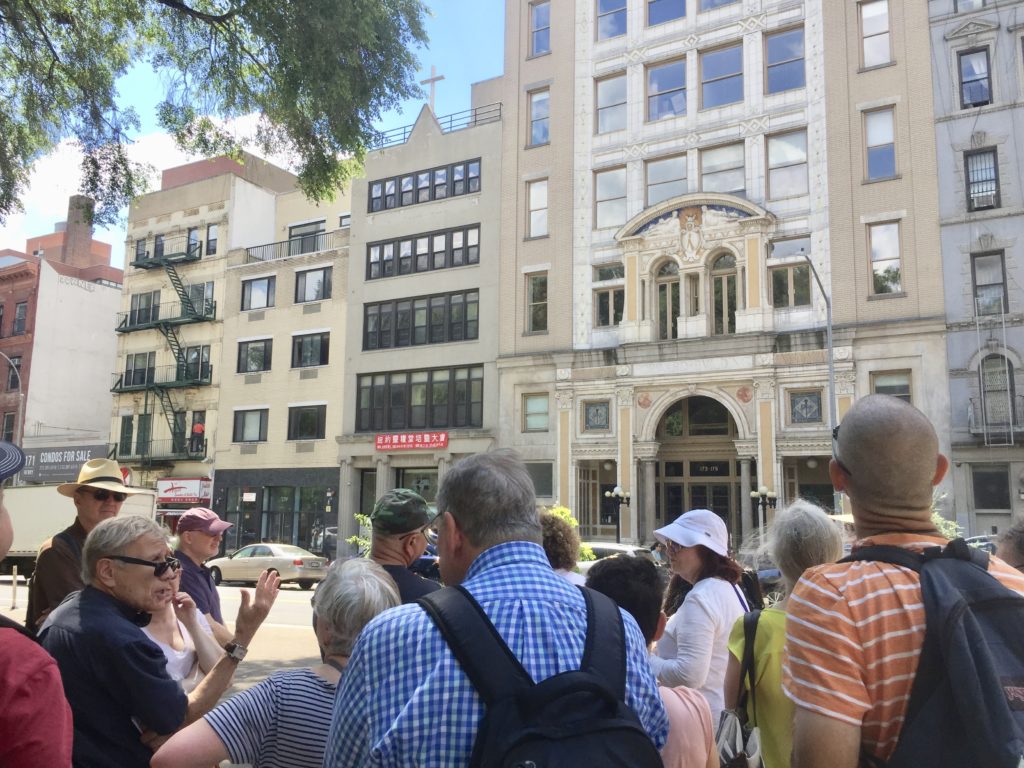
On a steamy Sunday at the end of June, a hearty group of Lower East Side lovers gathered on East Broadway for a walking tour with one of their favorite tour guides, Barry Feldman. The tour, organized by Lower East Side Jewish Conservancy and LESPI, began at the Forward Building, the former home of a daily Yiddish newspaper founded in 1897. The building is a lovely example of Beaux-Arts architecture and has many ornamental features on its façade, including four medallions featuring the faces of famous Communist idols; ironic, given that the building now houses luxury condominiums.

The group wound its way through tenement lined streets, elbowed increasingly by modern glass buildings, past the 1842 St. Teresa Roman Catholic Church, and another lovely Beaux-Arts building, the 1912 Jarmulowsky Bank on Eldridge St, currently under renovation and restoration. Along the way, Barry delighted us with anecdotes and interesting tidbits of information about our historic neighborhood. Eventually he brought us to a piece of modern history, the new Essex Market, which is enjoying its first summer in its new home, where we had a chance get a cool drink and support our local vendors.
It was a hot day, with a wonderful tour guide, and a great tour!
Medallion for Activist Dorothy Day
To honor renowned social justice activist and journalist Dorothy Day (1897-1980), LESPI has proposed a Cultural Medallion to be mounted on Maryhouse, at 55 East 3rd Street. Day’s early adulthood was spent in the radical and bohemian milieu of Greenwich Village. But in 1927 she converted to Catholicism, and in 1933 co-founded the Catholic Worker movement with French writer and thinker, Peter Maurin. Fundamental to that movement was a newspaper, the Catholic Worker, still published today, as well as “houses of hospitality” that serve those in need. Now there are some 200 of these community houses in the United States and abroad. Maryhouse is one such organization, as is another in the East Village—St. Joseph’s Hospitality House at 36 East 1st Street. Day died in 1980 in her room at Maryhouse, and this site is a fitting place to honor her memory and her work.
LESPI Board Member Deborah Wye researched and prepared the application to the Historic Landmarks Preservation Center’s Cultural Medallion program. The medallions are “porcelainized enamel plaques affixed to the exterior of buildings, in order to commemorate an individual (or occurrence) that has made a significant contribution to New York City’s rich cultural heritage.”
LESPI Tabling: Summer 2019
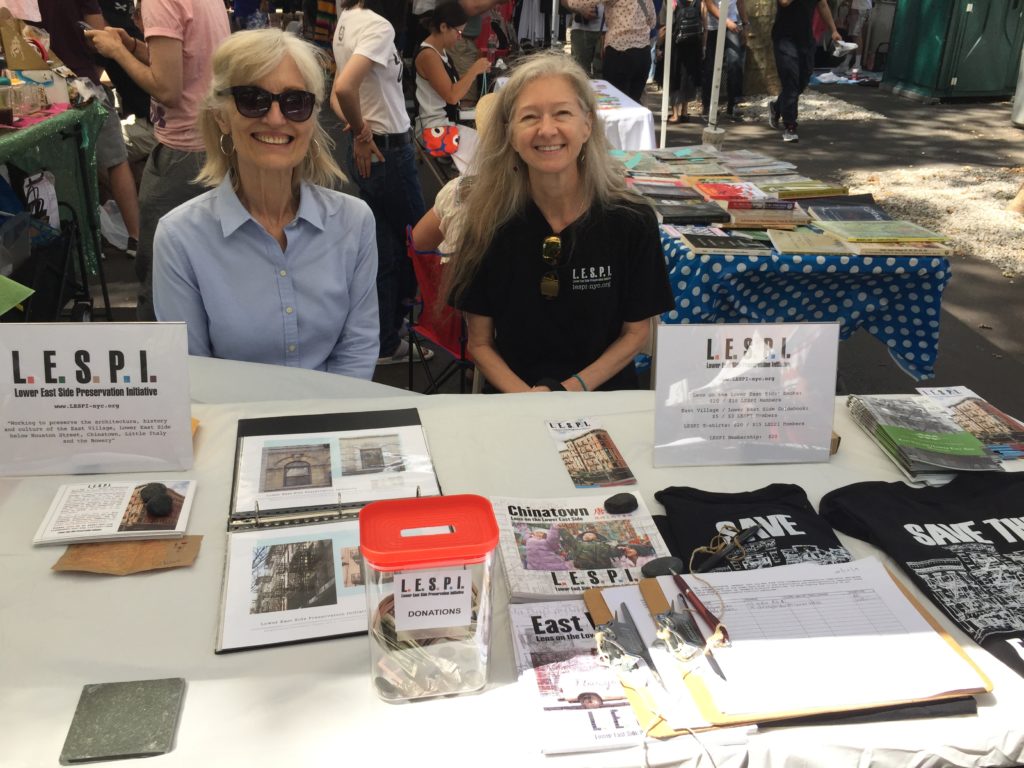
We had a great time tabling at the Hester Street Fair in June and August, and at the 10th & Stuyvesant Streets Block Party in September. In all, we picked up more than 300 petition signatures for our proposed Lower East Side Tenement Historic District,
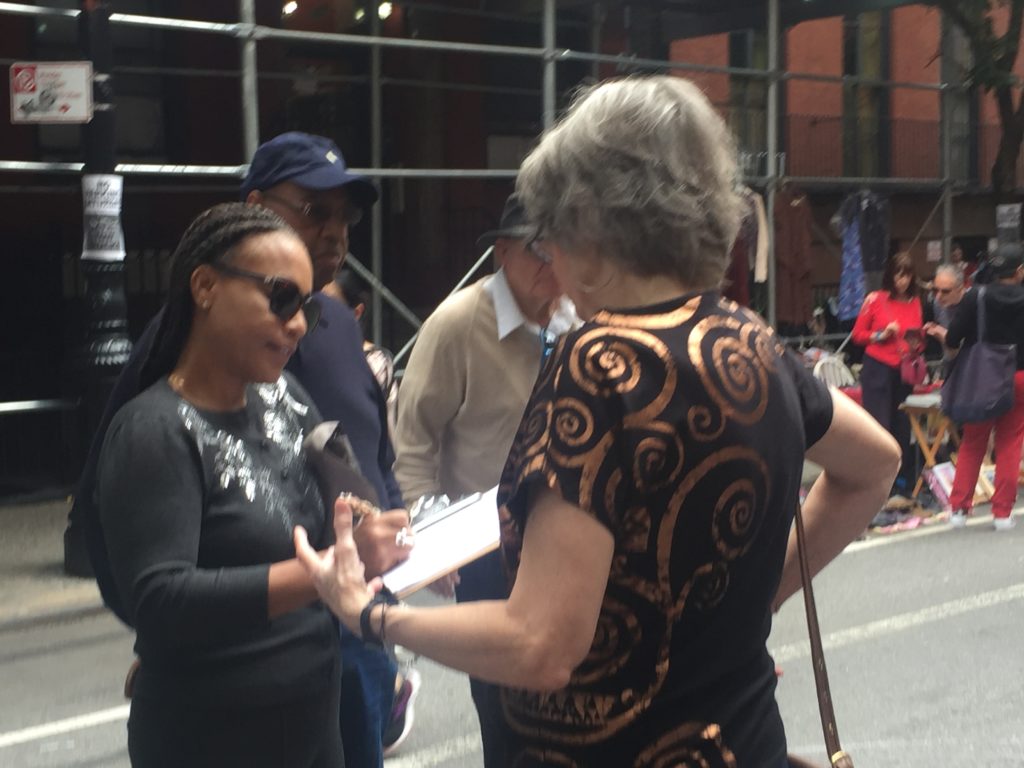
talked to a lot of interesting people – local residents, workers and visitors – and enjoyed the beautiful summer weather. We’re already looking forward to next summer!



